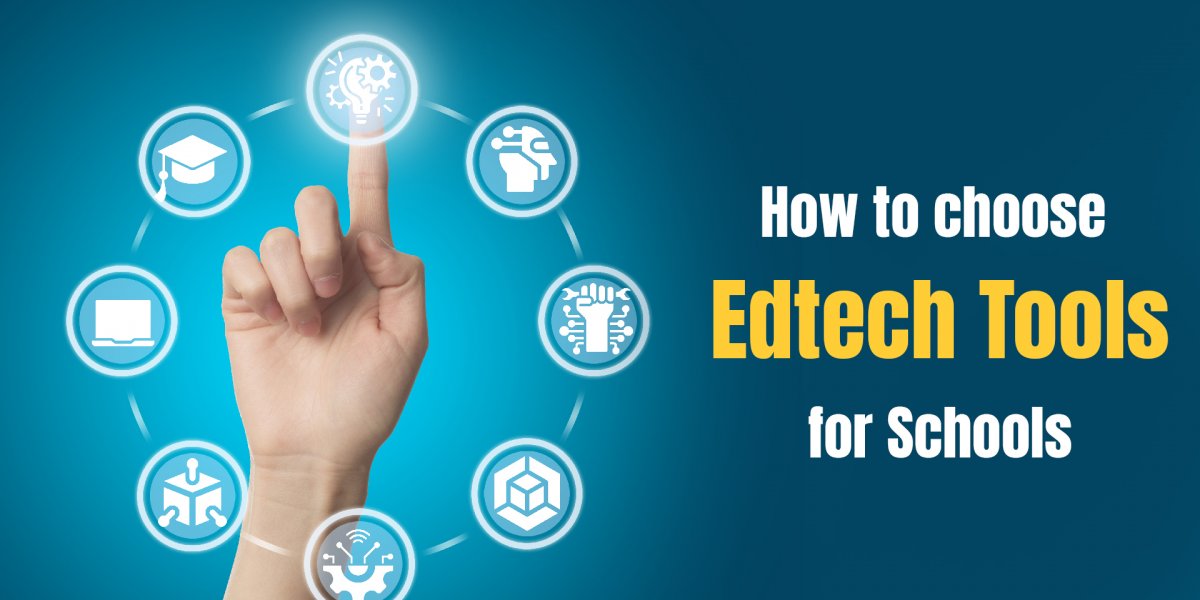In any school in the country in today’s tech-savvy world, you will come across educational apps that claim to transform learning and teaching. The main challenge that lies in front of educational institutes is choosing the right app for teaching. Evaluating and choosing the right educational apps—an app that is just “perfect for both teachers and students”—is not easy. Choosing the right EdTech apps is a science that is based on evidence.
Rather than selecting educational apps that appear to have the show and shine, are good to see, and are highly popular in the market, there needs to be research, resources, and tools available that can help evaluate the educational apps on the basis of the science of learning.
The educational apps should foster more creative and curiosity-based learning than what would happen in an analog classroom setting. When it comes to making decisions about the purchase of EdTech apps, the teachers, parents, and decision-makers of schools are pretty much on their own. There are only a few systems and tools in place to help identify the best educational apps for creating positive learning outcomes for students. Many schools and parents invest a lot of money in educational apps based on little or no evidence at all.
Here are the different tools available for evaluating educational apps.
Clearinghouse for What Works
- What Works Clearinghouse (WWC) is a tool developed by the US Department of Education’s Institute of Education Sciences (IES) in 2002.
- It reviews the research on different educational apps, products, and policies in education.
- There is a possibility that an educational app’s website may post results that are biased and misleading for schools and parents.
- It is crucial to identify whether the research about a particular educational app is valid, trustworthy, and unbiased.
- If you are looking to find out if the research on educational apps is reliable and unbiased, “What Works Clearinghouse” is your go-to tool.
- This tool meticulously analyzes any research done on educational apps to verify their authenticity.
KidMap
- When evaluating EdTech tools, it is vital to consider fairness and equity.
- KidMap is a tool that has developed an easy-to-use checklist for teachers to ensure that educational apps are unbiased and non-discriminatory.
Digital Promise product certifications
- The digital promise product certifications help educators choose EdTech apps that are designed based on evidence-based research about how students actually learn from them.
- The educational apps that have received the “digital promise” certification are worth having a look at for schools.
E-AIMS
- E-AIMS stands for “engaging, actively, involved, meaningful, and social.”
- The E-AIMS tool is perfect for choosing educational apps for young learners.
- This tool has been built by ScreenSense.
- It is a great and effective tool for determining if an educational app will facilitate effective learning for children aged 2 to 6 years.
iKeepSafe Certification
- There is a list of educational apps on the iKeepSafe website that are FERPA, COPPA Safe Harbor, and CSPC compliant.
- Having an iKeepSafe certification means that educational apps have a built-in system for protecting student data privacy and security.
- This certification assists schools in selecting safe and secure EdTech apps for their students.
The Triple E (3E) framework
- The Triple E measurement tool was designed especially for K–12 teachers and administrators.
- The goal of creating this tool was to assess the potential effectiveness of educational apps in the classroom.
- This tool can also be used for developing lesson plans.
If educational apps have great research and evidence but do not meet the students’ needs, they are useless. Schools need to structure the purchase of an EdTech app by first focusing on the needs of students and teachers. Then, they must identify the underlying challenges and issues they want to address and find the root cause of them. Finally, they need to assess whether a particular app for teaching can be a possible solution to the problem.

